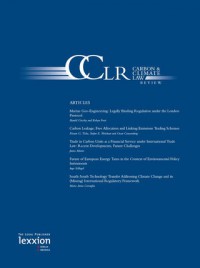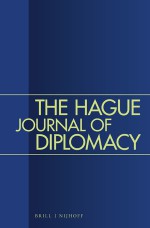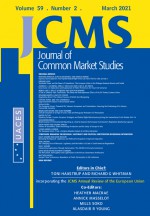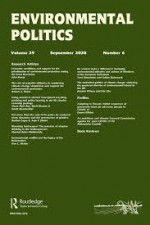Climate Diplomacy and the Rise of 'Multiple Bilateralism' between China, India and the EU

This article focuses on the diplomatic relations between China, India and the EU in the development of the international climate regime. It analyses whether and to what extent multiple bilateralism, that is, bilateral relations that are embedded into a broader multilateral negotiation setting in a way that any actor – in its bilateral relations with one actor – takes account of its bilateral relations with other (key) actors, has been a strategy employed by each of the three players. Comparing their positions and behavior during the periods leading up to the 2009 Copenhagen and 2015 Paris climate summits, it provides clear evidence of a shift to multiple bilateralism, particularly in the cases of China and the European Union. This strategic turn contributed positively to the adoption of the Paris Agreement. The choice for multiple bilateralism is explained with reference to internal and external driving forces. The article concludes by arguing that multiple bilateralism – involving China, India, the EU and other key emitters – holds the potential to develop into a networked form of co-leadership that can effectively advance the implementation of the Paris Agreement despite US disengagement from the global climate regime.








